Cry of the City
8.2 /10 1 Votes8.2
90% Rotten Tomatoes Genre Crime, Drama, Film-Noir Duration Language English | 7.3/10 IMDb Music director Alfred Newman Country United States | |||||||||||||||||||||||||||||||||
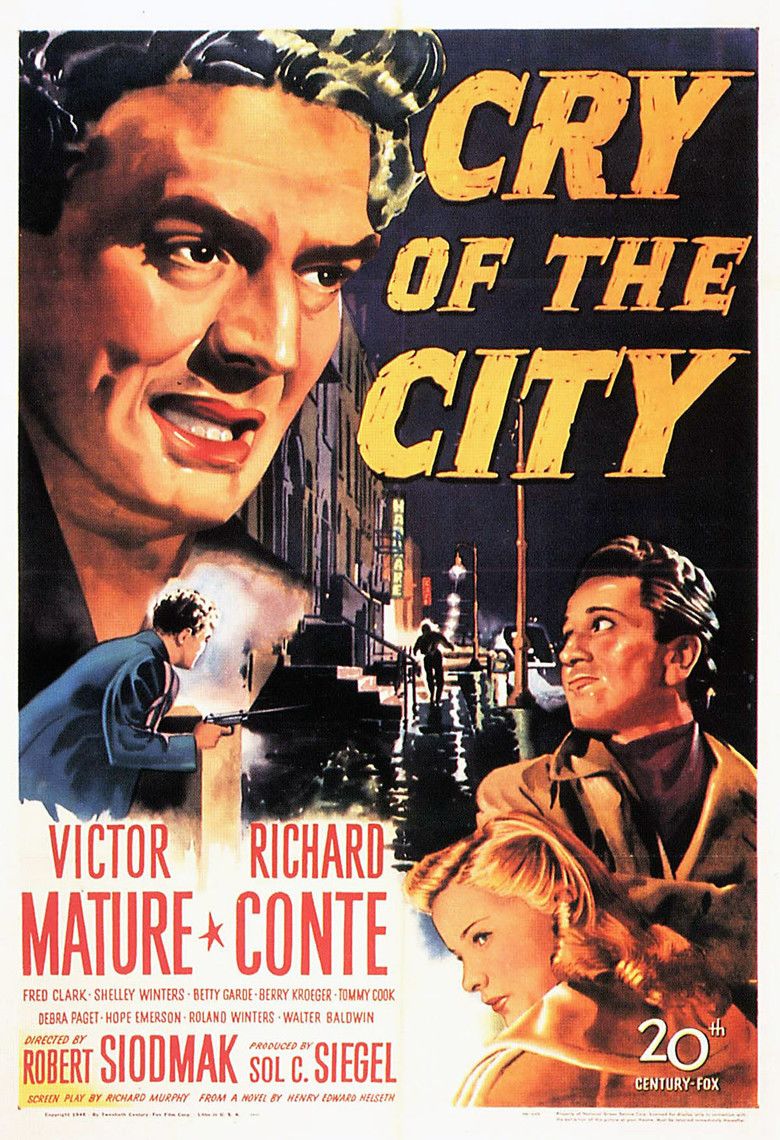 | ||||||||||||||||||||||||||||||||||
Release date September 29, 1948 (1948-09-29) (United States) Based on The Chair for Martin Rome1947 novel by Henry Edward Helseth Cast (Lt. Candella), (Martin Rome), (Lt Collins), (Brenda Martingale), (Miss Pruett), (W. A. Niles) Similar movies Teenage Mutant Ninja Turtles , A Walk Among the Tombstones , Birdman , Goodfellas , Straight Outta Compton , Now You See Me | ||||||||||||||||||||||||||||||||||
Cry of the city 1948 opening title sequence
Cry of the City is a 1948 black-and-white film noir directed by Robert Siodmak based on the novel by Henry Edward Helseth, The Chair for Martin Rome. Veteran film noir-writer Ben Hecht worked on the film's script, but is not credited. The film was shot partly on location in New York City.
Contents
- Cry of the city 1948 opening title sequence
- Cry of the city trailer in cinemas 17 april bfi release
- Plot
- Cast
- Production
- Critical response
- Soundtrack
- References
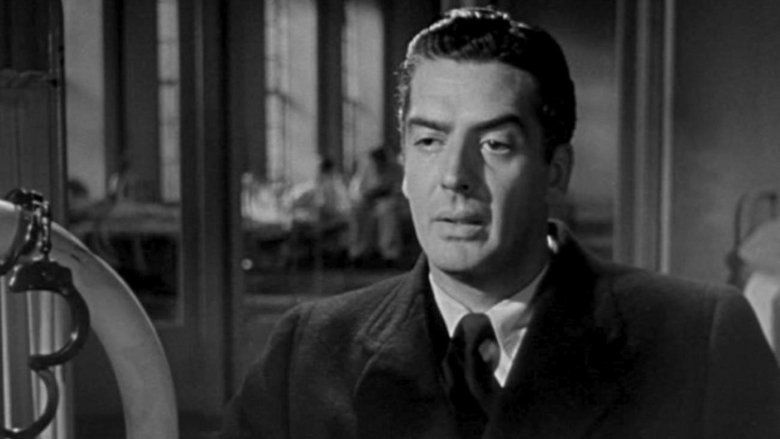
Cry of the city trailer in cinemas 17 april bfi release
Plot
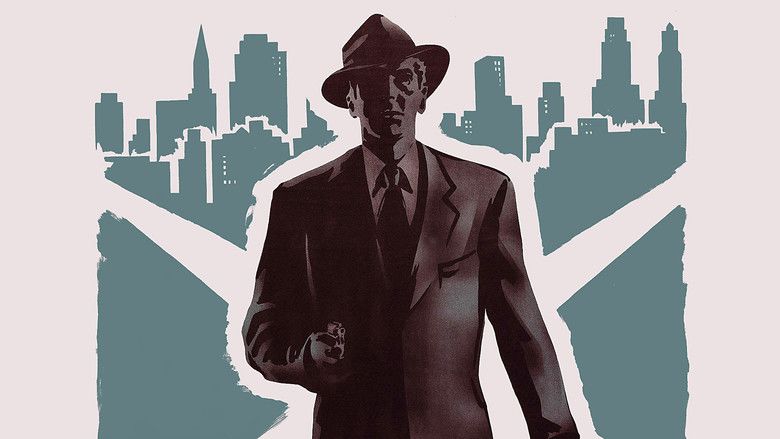
Martin Rome (Richard Conte), a hardened criminal, is recuperating in a hospital from a shootout that leaves a police officer dead. At the hospital, he is briefly visited by his fiancée, Teena Ricante (Debra Paget). A shady lawyer representing another crook, Niles (Berry Kroeger), claims that he participated in a jewel robbery with her in which a woman was killed. Rome is innocent of the jewel robbery, but the police suspect that he carried out the robbery in conjunction with Teena, and begin a search for her.
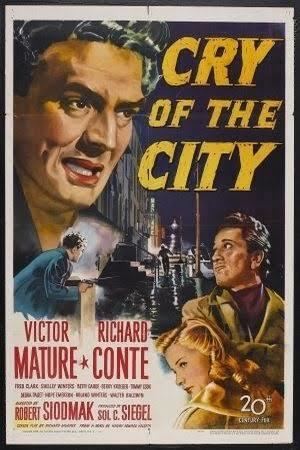
With the help of a trusty (Walter Baldwin), he escapes from the prison ward, afraid that the lawyer will try to frame Teena and himself. He is pursued by an old adversary, police lieutenant Candella (Victor Mature), who grew up in his neighborhood and knows his family. Rome, feverish from his bullet wounds, receives help from his brother Tony, who worships him, and an old girlfriend, Brenda (Shelley Winters). Meanwhile, Candella and his partner (Fred Clark), track him down through the streets of New York. He locates the female accomplice of the real jewel thief/murderer, a strongly built masseuse named Rose Givens (Hope Emerson). He tricks her and she is apprehended by the police. In the struggle she shoots at Rome, wounding Candella.
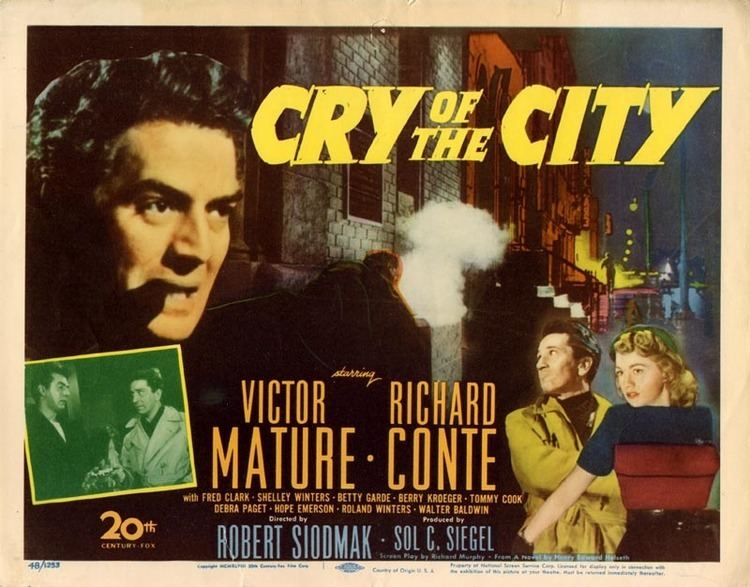
Candella, shot in the shoulder, flees the hospital in his obsessive pursuit of Rome, ultimately tracking him down and killing him. Just before that happens, Tony, in a final break with his brother's criminality, refuses to steal their parents' savings.
Cast
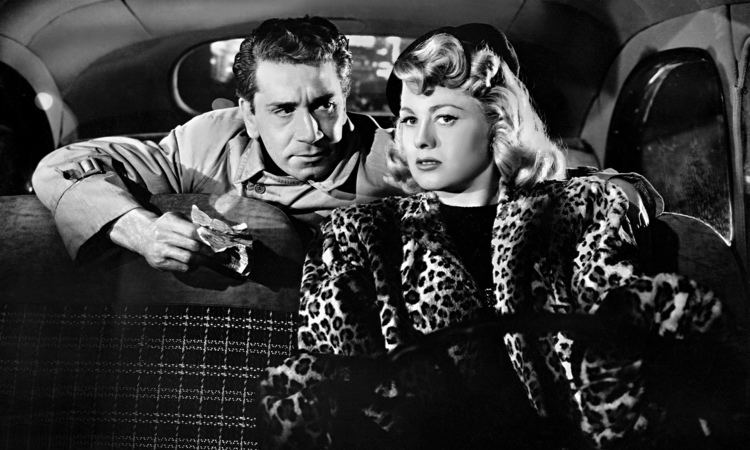
Production
Director Richard Siodmak was borrowed from Universal. Filming took place on location in New York originally under the title Law and Martin Rome.
Critical response
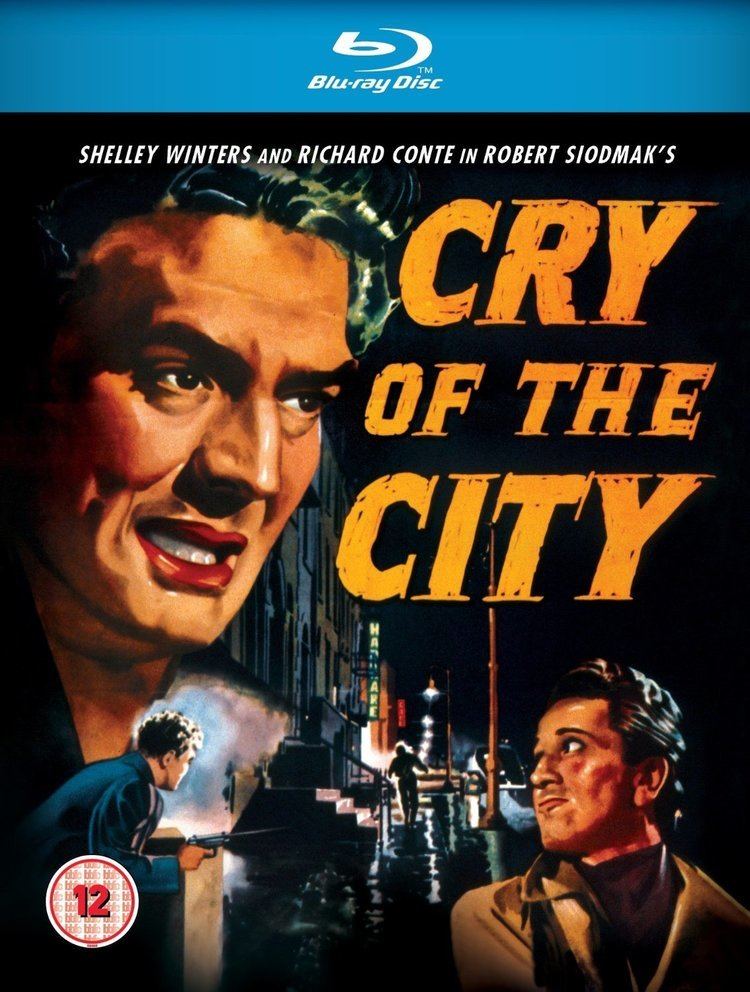
At the time the film was released, The New York Times praised Cry of the City as "taut and grimly realistic". The review praised the performances as "thoroughly effective", and said that "Victor Mature, an actor once suspected of limited talents, turns in a thoroughly satisfying job as the sincere and kindly cop, who not only knows his business but the kind of people he is tracking down."
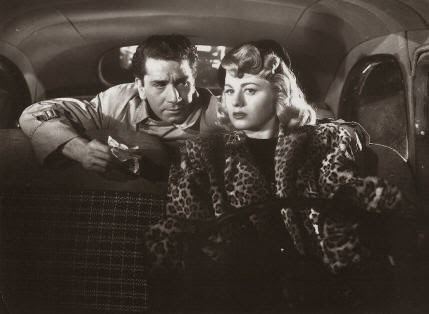
The staff at Variety magazine liked the film and wrote, "The hard-hitting suspense of the chase formula is given topnotch presentation in Cry of the City. It's an exciting motion picture, credibly put together to wring out every bit of strong action and tension inherent in such a plot. Robert Siodmak's penchant for shaping melodramatic excitement that gets through to an audience is realistically carried out in this one."
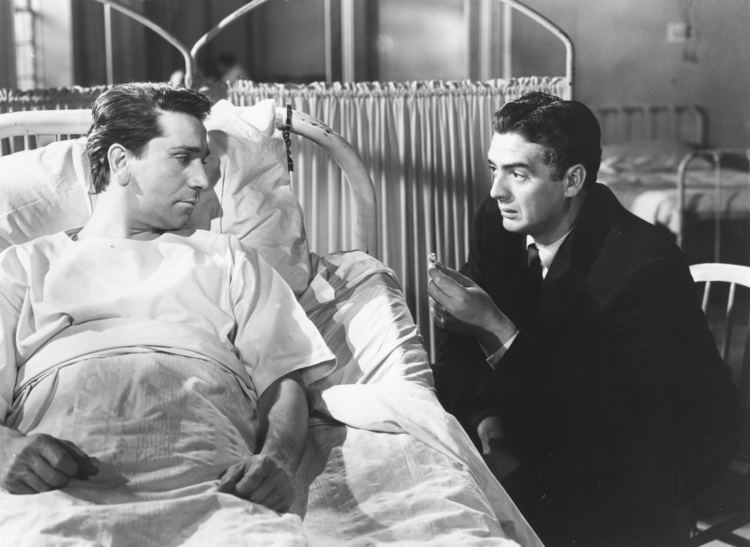
The film has been highly praised by modern critics, and is viewed as an important example of the film noir genre. Time Out Film Guide praises the realistic look and feel of the city, "Rarely has the cruel, lived-in squalor of the city been presented in such telling detail, both in the vivid portrayal of ghetto life and in the astonishing parade of corruption uncovered in the night (a slug-like shyster; a monstrous, sadistic masseuse; a sleazy refugee abortionist, etc)."
Raymond Borde and Etienne Chaumeton writing in A Panorama of American Film Noir 1941–1953 comments that director Siodmak had better noir efforts but the film does have one lasting image, "Siodmak will rediscover neither the brilliance of The Killers nor the 'finish' of Criss Cross in the over-rushed, too uneven, Cry of the City: for all that, one will remember the figure of a forever famished masseuse, a real 'phallic woman' who, with a flick of the wrists, has a 'tough guy' at her mercy."
In Film Noir: The Dark Side of the Screen, Foster Hirsch said that Siodmak's characters "are nurtured by their obsessions". The Candela character, "as Colin McArthur notes in Underworld USA, 'hunts his quarry with an almost metaphysical hatred'."
Hirsch describes Rome's innocence in the jewel robbery, despite his criminal background, as an "ironic variation on the wrong man theme" of some film noir movies. "Branded for a crime he did not commit, the Conte character becomes a true criminal, enmeshed in a web from which there is no escape."
Soundtrack
The musical score of the film is Alfred Newman's Street Scene, which had debuted in a 1931 movie of the same name and became iconic in big-city gangster pictures produced during that era.
References
Cry of the City WikipediaCry of the City IMDbCry of the City Rotten TomatoesCry of the City themoviedb.org
